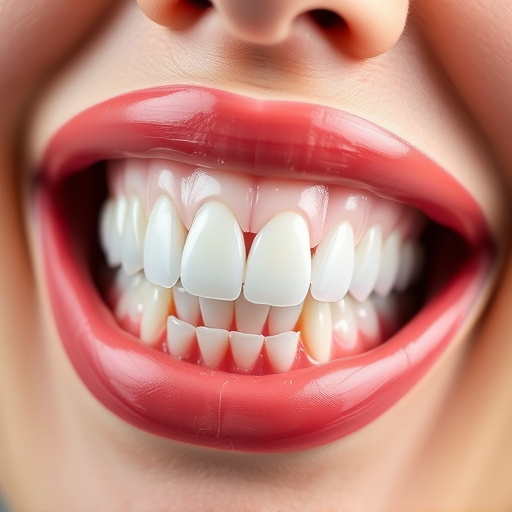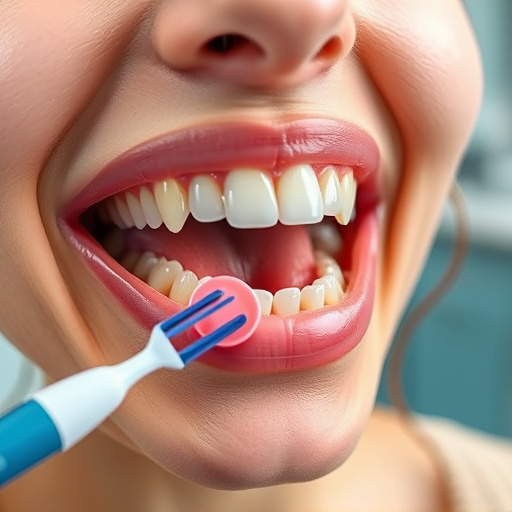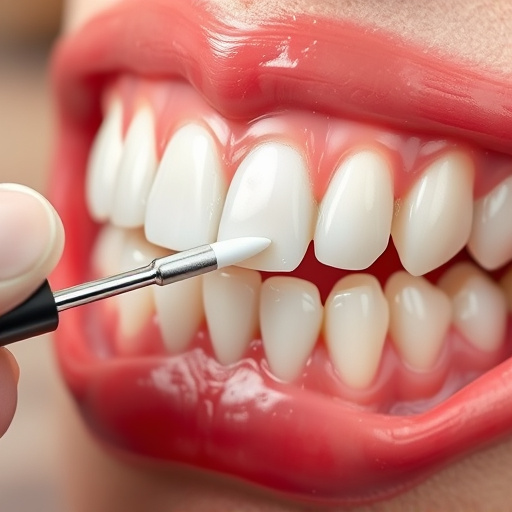Dental sealants for teeth are durable, synthetic coatings applied during routine cleanings to protect against cavities by sealing deep grooves on molars and premolars, preventing food debris and bacteria from accumulating in hard-to-reach areas. Offered as a preventive measure, these sealants can last several years, reducing the risk of cavity formation and delaying costly dental procedures like fillings. While highly effective, they require touch-ups over time and don't replace good oral hygiene or regular dental check-ups, with certain conditions potentially limiting their effectiveness.
Dental sealants for teeth are an effective, preventive measure against cavities. This protective coating, applied to the chewing surfaces of back teeth, creates a barrier against plaque and food debris. By understanding how dental sealants work and their numerous benefits, you can make informed decisions about maintaining optimal oral health. In this article, we’ll explore the science behind sealant effectiveness, delve into their advantages, and discuss who might be candidates for this simple, yet powerful treatment.
- Understanding Dental Sealants: A Protective Barrier
- How Do Sealants Prevent Cavities? The Scientific Explanation
- Benefits and Considerations for Applying Dental Sealants
Understanding Dental Sealants: A Protective Barrier

Dental sealants for teeth are a highly effective preventive measure in children’s dentistry. They act as a protective barrier by sealing the deep grooves and pits on the surface of molars and premolars, which are particularly prone to cavities. These thin, durable coatings made from synthetic materials mimic the natural protection provided by tooth enamel, preventing food debris and bacteria from accumulating and causing decay.
By applying dental sealants, dentists can significantly reduce the risk of cavity formation, especially in areas that traditional brushing and flossing may miss. This simple yet powerful procedure is often recommended as part of routine dental cleanings, offering long-lasting protection that can endure for several years. Moreover, sealants serve as a cost-effective solution, potentially delaying the need for more extensive procedures like cosmetic fillings.
How Do Sealants Prevent Cavities? The Scientific Explanation

Dental sealants for teeth are protective coatings applied to the chewing surfaces of back teeth, primarily molars and premolars. They prevent cavities by creating a physical barrier against bacteria and food debris. The scientific explanation behind their effectiveness lies in their ability to seal off the tiny pits and grooves on our teeth where plaque can accumulate.
These micro-crevices are often too narrow for traditional toothbrushes to reach, allowing bacteria to feast on leftover sugars and produce acids that erode tooth enamel. Sealants fill these spaces, effectively blocking the entry of both food particles and oral bacteria. By acting as a shield, dental sealants for teeth significantly reduce the risk of cavity formation, making them an essential component in preventive dentistry alongside regular check-ups and proper oral hygiene practices.
Benefits and Considerations for Applying Dental Sealants

Dental sealants for teeth offer a range of benefits when it comes to cavity prevention. These thin protective coatings are applied to the chewing surfaces of back teeth, where decay is most likely to start. They fill in the tiny pits and grooves that make teeth susceptible to plaque buildup and acid attack. By creating a smooth, smooth surface, dental sealants act as a physical barrier, blocking out food particles and bacteria. This significantly reduces the risk of cavities forming, especially in children and teenagers whose teeth are still developing.
When considering whether to apply dental sealants, it’s important to weigh the benefits against potential concerns. Sealants are generally recommended for permanent molars as they age, but there’s no harm in discussing options with a dentist during routine check-ups. While sealants provide excellent protection against decay, they’re not foolproof. They can chip or wear off over time, requiring touch-ups, and don’t replace the need for regular brushing and flossing. Moreover, certain conditions like tooth erosion or existing cavities might make sealant application less effective. In such cases, emergency dental care or procedures like wisdom tooth removal or cosmetic fillings could be necessary to address the issue effectively.
Dental sealants for teeth offer a powerful, yet often overlooked, defense against cavities. By acting as a protective barrier over the chewing surfaces of back teeth, sealants significantly reduce the risk of tooth decay. Understanding how they prevent cavities at a scientific level underscores their effectiveness in maintaining oral health. Considering their benefits and weighing any potential drawbacks can lead to informed decisions about applying dental sealants, making them a valuable tool in the ongoing battle against tooth decay.














